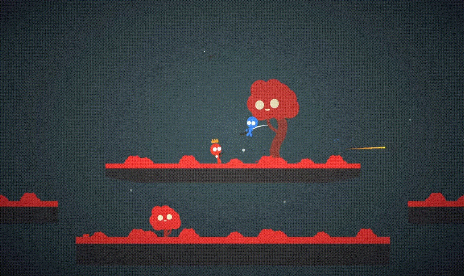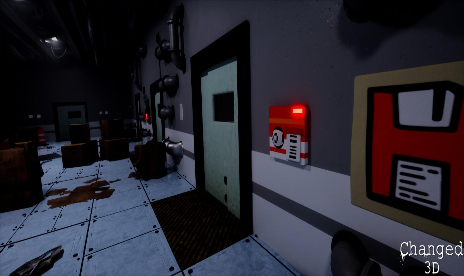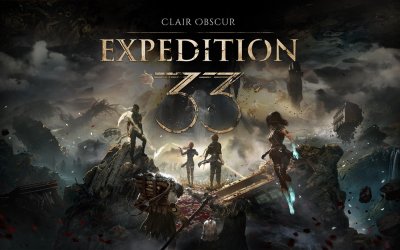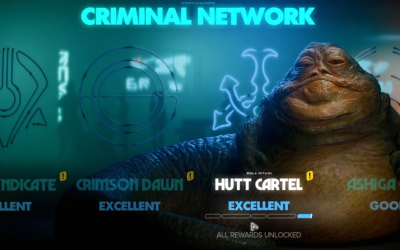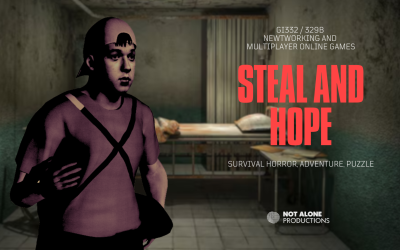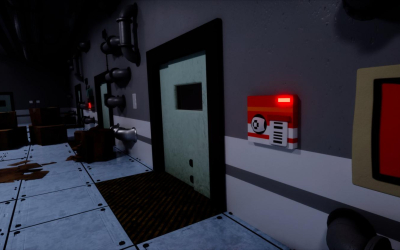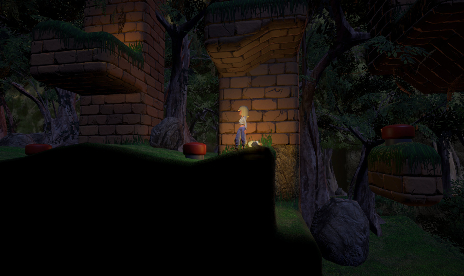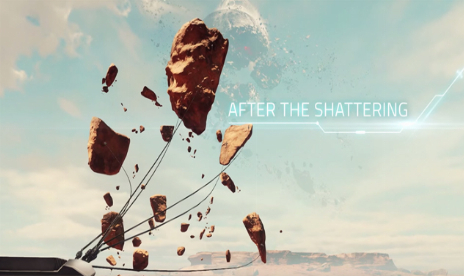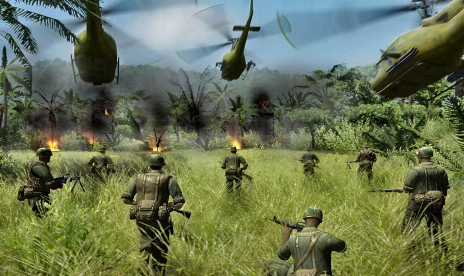The Cluster

The Cluster is an experimental 2.5D exploration platformer set in an open world that’s carefully procedurally planned and generated.
The world is suffering from the Plague of Shadows. Playing as Emyli, you must explore its uncharted areas to find and awaken dormant artefacts used for powering an ancient defense system.
With the help of a map that’s dynamically filled in, guidance from the Spirits of the Shrines, and Emyli’s gift to be able to throw firestones to fend off shadows, will you be able to bring back safety to the land?
Features:
A procedural open world that feels planned with intent, featuring gameplay that revolves around navigating the world’s design as it is, rather than relying on sandbox gameplay like digging or building to be able to reach locations.
A multi-tiered map shows the game’s planned space on a vast scale. The detailed level of the map is uncovered as you explore the world, and helps you spot previously overlooked paths.
Enemy Shadows can follow you almost everywhere using the exact same running and jumping abilities as you. Both you and enemies have to pick up stones from the ground to use for throwing at each other, which creates platforming-centric light skirmishes.
Shrine spirits offer hints about the locations of artefacts, providing a balance in between aimlessness and knowing where to go. This is possible because the game’s planned world has knowledge of goals far outside the currently generated geometry.
Directional road signs point the way to faraway landmarks like shrines, gates and the hub village. Reinforcing the feeling of the world as a carefully planned place, such road signs are common in manually designed games, but rarely seen in procedurally generated worlds.
Sophisticated dynamic camera framing smoothly positions Emyli differently in the frame depending on the proximity of nearby walls and passages.
And for people interested in the tech
The game also serves as a procedural planning showcase. It demonstrates some of the things the “Layer-Based Infinite Procedural Generation” approach of my open-source LayerProcGen framework is capable of, and that it scales up to a fully playable game.
Numerous built in debug options make it possible to inspect various aspects of the generation at different layers of abstraction.

- Secure Software (Virus checked, GDPR-compliant)
- Easy to use: get ready in less than 5 min
- More than 5300+ supported Games
- +1000 Patches every month & Support

Freeware

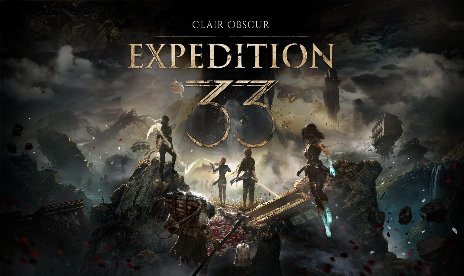

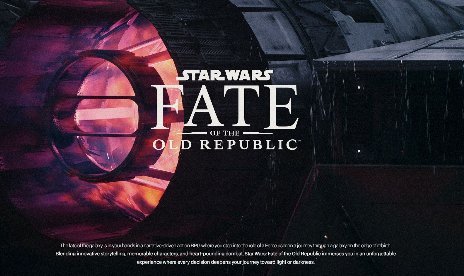
![Soulstone Survivors v1.0-v1.4+ (+26 Trainer) [FLiNG]](https://9588947a.delivery.rocketcdn.me/wp-content/uploads/2025/12/Soulstone-Survivors-01-464x276.jpg)

![Icarus v1.1.0-v2.3.20+ (+27 Trainer) [FLiNG]](https://9588947a.delivery.rocketcdn.me/wp-content/uploads/2025/12/Icarus-01-464x276.jpg)




